It’s time that Americans face up to the danger the Electoral College poses to the integrity of their democracy. To put this threat in perspective, consider the following facts:
More than 159 million Americans voted in the 2020 presidential election. Joe Biden won the popular vote by more than 6 million (51.1% to 47.1%), a larger margin than either George W. Bush or Barack Obama received in their successful reelection campaigns.
Nevertheless, a shift of just 45,000 votes in three states that Biden won by a hair’s breadth—Wisconsin, George, and Arizona—could have shattered Americans’ belief in the legitimacy of their political system. Here’s how:
President-elect Biden ended up with 306 electoral votes. But if President Trump had received 11,000 more votes in Arizona, 13,000 more in Georgia, and 20,000 more in Wisconsin, 37 electoral votes would have moved into his column, producing a tie (269 to 269) in the Electoral College.
Imagine what could have happened next. First, individual electors would have come under pressure to switch their votes. The laws of some states would prevent electors from defying the will of their state’s majority, but others would have allowed them to do so. Acting through intermediaries, a presidential campaign could have offered bribes or threatened blackmail, or an elector could have exercised independent judgment based on a conscientious assessment of what he or she believed to be the best interests of the country. (This was the scenario in a novel on the topic called “The Electors.”)
Still, it has been more than two centuries since the Electoral College functioned as the deliberative body the Framers designed it to be. No presidential contest has ever been decided by a “faithless elector,” and in such circumstances, it is difficult to believe that the losing side would accept the legitimacy of the winner.
But assume that every elector stands fast, and the tie persists after the electoral votes are formally counted. According to the 12th Amendment, the House of Representatives would be called on to break the tie. But here’s the kicker: in these circumstances, each state would get one vote. Wyoming would have as much power as California to determine the next president of the United States.
The Electoral College is already weighted toward the smaller states, because the equal representation of states in the Senate helps determine the number of electoral votes each state casts. But the 12th Amendment’s procedure would be the Electoral College on steroids. The size of each state’s population would have no weight whatever. Only the partisan control of each state’s delegation would matter.
In the new Congress that will convene next January, Republicans will hold the majority in 27 state delegations, Democrats just 19. Three states (Michigan, Minnesota, and Pennsylvania) will have evenly divided delegations that would be unable to cast votes at all), and Iowa may join them when an undecided House race is finally resolved. If a tie vote had reached the House, Donald Trump would have been reelected, despite receiving more than 6 million fewer votes than his Democratic adversary.
The rules are the rules, some may say. So long as disputes are resolved in accordance with the law, no one has just cause for complaint. But rules alone do not secure legitimacy; for a system to be accepted as legitimate, the rules must be regarded as fair.
When the Constitution was adopted, the rule of the majority was not seen as the overriding principle of fairness. The main political imperative was to convince the smaller states that they could join the union without being constantly overruled by the larger states—especially Massachusetts, New York, North Carolina, and Virginia. But more than two hundred years later things have changed: the franchise has expanded, senators are elected by popular vote, and the Supreme Court has established one-person/one-vote as the constitutional norm.
The tension between the public’s definition of legitimacy and the rules governing our presidential selection is growing. We are only one contested election from the breaking point, and we came uncomfortably close to it this year. It would be wise to think about changes that might over time command bipartisan support.
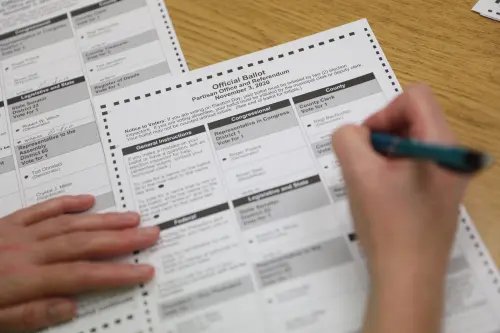
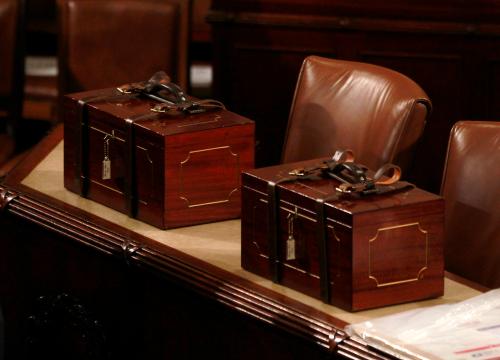

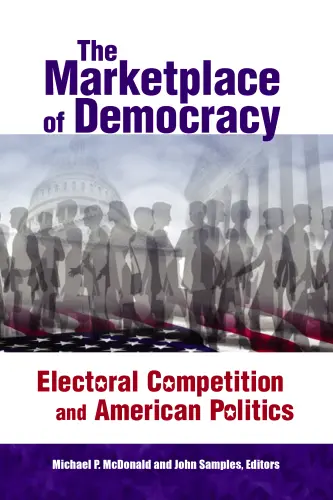
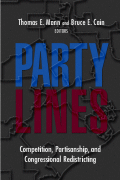
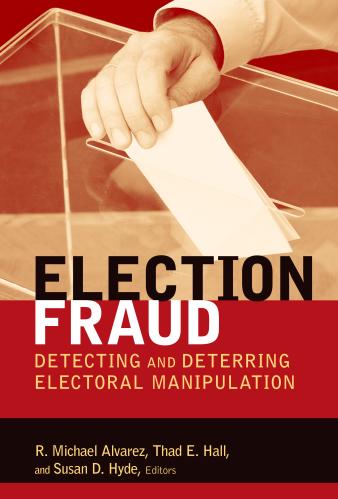


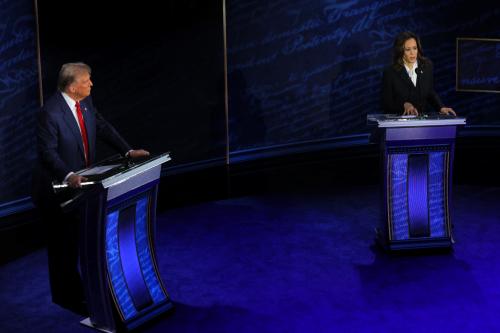
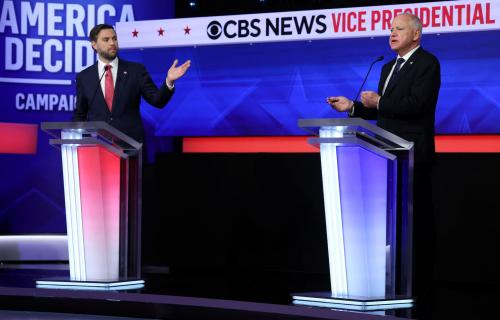
Commentary
The Electoral College is a ticking time bomb
December 9, 2020